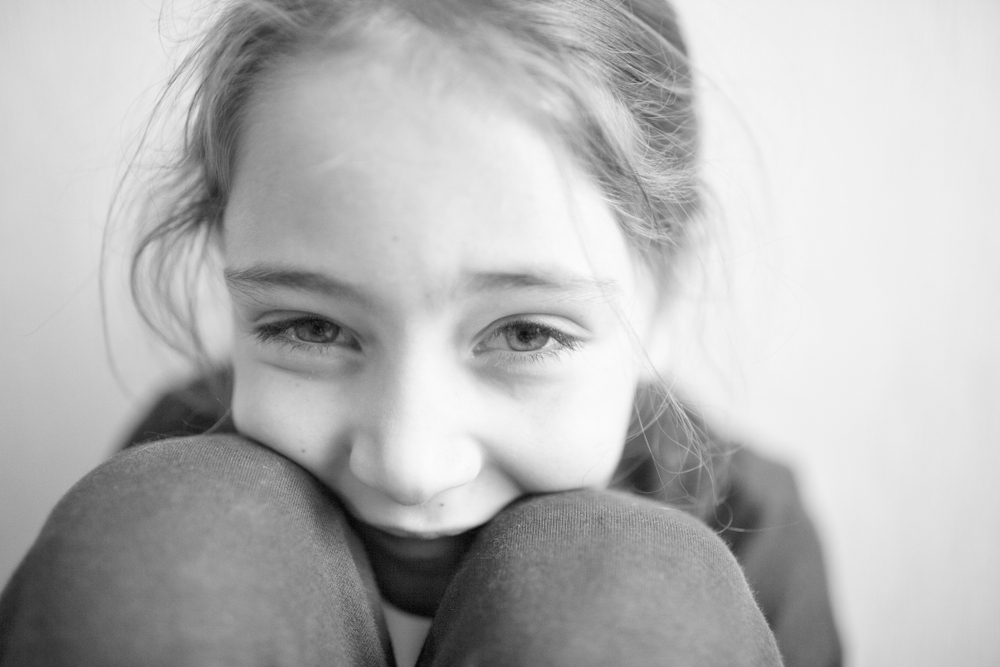Bipolar disorder is listed in the Diagnostic and Statistical Manual of Mental Disorders, Fifth Edition (DSM-5) as a chronic brain disorder that causes extreme fluctuation in a person’s mood, energy, and ability to function. It is a mood disorder that is characterized by noticeable, unprovoked, sometimes extreme, changes in mood and behavior, that typically present as severe episodic mood swings, shifting between emotional highs (manias) to emotional lows (depressions) with intervals of stable moods. As such, the use of the word bipolar reflects this fluctuation between extreme highs and extreme lows. Bipolar disorder symptoms can affect a young person’s energy levels, activity, social network, sleep, behaviors, judgment, and family life. A child or adolescent with bipolar disorder experiences cyclical mood swings, in which periods of the child’s usual mood alternate with depression and mania. The cause of bipolar disorder can be attributed to risk factors such as genetics and imbalanced brain chemicals. Bipolar disorder can develop at any age, but it is typically diagnosed in individuals younger than age twenty-five. The most common warning signs of bipolar disorder include: restlessness, irritability, impulsive behavior, changes in sleep patterns, difficulty concentrating, withdrawal from friends and family, and suicidal thoughts. Bipolar disorder severely affects normal development and psychosocial functioning and increases the risk for behavioral, academic, social, and legal problems, as well as psychosis, substance abuse, and suicide. The overall rate of bipolar disorder in youth (ages 7 to 21) has been estimated to be 1.8%.
Treatment
Bipolar disorder is a chronic mental health condition, but it is important to bear in mind that there are effective treatment options available. According to the National Advisory Mental Health Council, the treatment success rate for bipolar disorder is nearly eighty percent. A customized treatment plan will be developed that is specifically tailored to address the nuanced needs of each young person with bipolar disorder. Treatment plans for bipolar disorder often include a combination of psychotherapy and medication, and they are not mutually exclusive. Treatment plans could include one or more psychotherapeutic modality, such as cognitive behavioral therapy (CBT), dialectical behavior therapy (DBT), expressive arts therapies, interpersonal and social rhythm therapy (IPSRT), interpersonal psychotherapy (IPT), and more. The various types of medications prescribed for bipolar disorder include mood stabilizers, antidepressants, antipsychotics, anti-anxiety medications, and antidepressant-antipsychotic medications. Successful treatment will help a young person learn applicable strategies, techniques, and tools to effectively cope with and navigate the symptoms of bipolar disorder.
For Information and Support
Every family in need of mental health treatment must select a program that will best suit the needs of their family. When one member of a family struggles, it impacts everyone in the family unit. To maximize the benefits of treatment we work closely with the entire family to ensure that everyone is receiving the support they need through these difficult times. Seeking help is never easy, but you are not alone! If you or someone you know needs mental health treatment, we strongly encourage you to reach out for help as quickly as possible. It is not uncommon for many mental health difficulties to impact a person’s life, long term. Pursuing support at the beginning of one’s journey can put the individual in the best position to learn how to manage themselves in a healthy way so they can go on to live happy and fulfilling lives.
OUR KNOWLEDGEABLE ADMISSIONS TEAM CAN BE REACHED 24/7 AT INFO@PACIFICRTC.COM OR CALL: 800-531-5769






